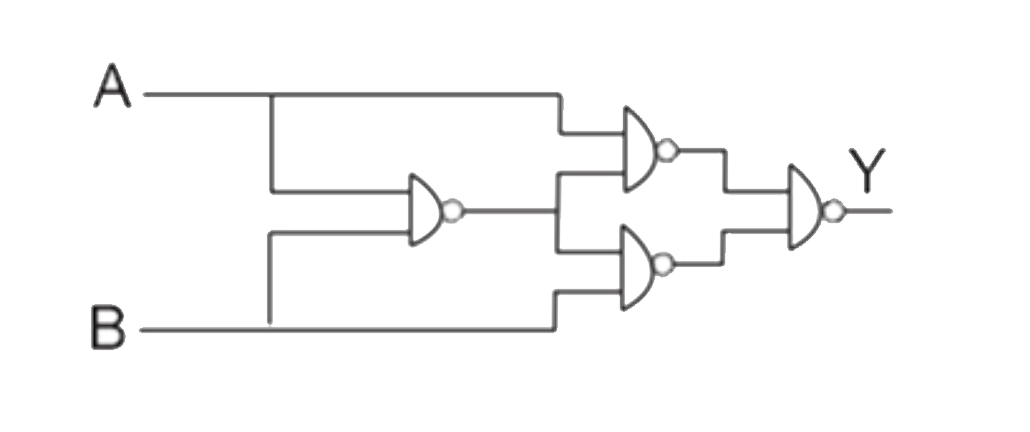Artificial selection to obtain cows yielding higher milk output represents
directional as it pushes the mean of the character in one direction
disruptive as it splits the population into two, one yielding higher output and the other lower output
stabilising followed by disruptive as it stabilises the population to produce higher yielding cows
stabilising selection as it stabilises this character in the population
The correct Answer is:A
Step by step video & image solution for Artificial selection to obtain cows yielding higher milk output represents by Biology experts to help you in doubts & scoring excellent marks in Class 12 exams.
Updated on:21/07/2023Topper's Solved these Questions
- STRATEGIES FOR ENHANCEMENT IN FOOD PRODUCTIONBOOK - VMC MODULES ENGLISHCHAPTER - STRATEGIES FOR ENHANCEMENT IN FOOD PRODUCTIONEXERCISE - EFFICIENT
27 Videos
- SEXUAL REPRODUCTION IN FLOWERING PLANTSBOOK - VMC MODULES ENGLISHCHAPTER - SEXUAL REPRODUCTION IN FLOWERING PLANTSEXERCISE - IMPECCABLE
60 Videos
- STRATEGIES FOR ENHANCEMENT IN FOOD PRODUCTION [PLANT BREEDING]BOOK - VMC MODULES ENGLISHCHAPTER - STRATEGIES FOR ENHANCEMENT IN FOOD PRODUCTION [PLANT BREEDING]EXERCISE - In Chapter Exercise - B
10 Videos
Similar Questions
Knowledge Check
The male gametophyte in higher plants is represented by
AmicrosporeBantherCpollen grainDmale gamete
What is artificial selection in terms of evolution? Name plant that has been produced as a result of artificial selection.
View SolutionWhat is artificial selection? Do you think it affects the process of natural selection? How
View SolutionAssertion : Artificial selection is highly beneficial for humans .
Reason:Artificial selection is carried out by man
View Solution[A]: Artificial selection is done only in animal breeding.
[R]: Artificial selection is done in animal breeding only.
View SolutionNatural Selection and Artificial Selection
View SolutionSelect the correct output Y

View SolutionHow many of the following are related to biotechnology ?
A. Development of pest - resistant crops by using RNA interference technique.
B. Development of mulch breed of cow.
C. Artificial selection in crops .
D. Production of human insulin by use of bacteria.
E. Developing a DNA vaccine.
F. Correction of a defective gene.
View Solution
